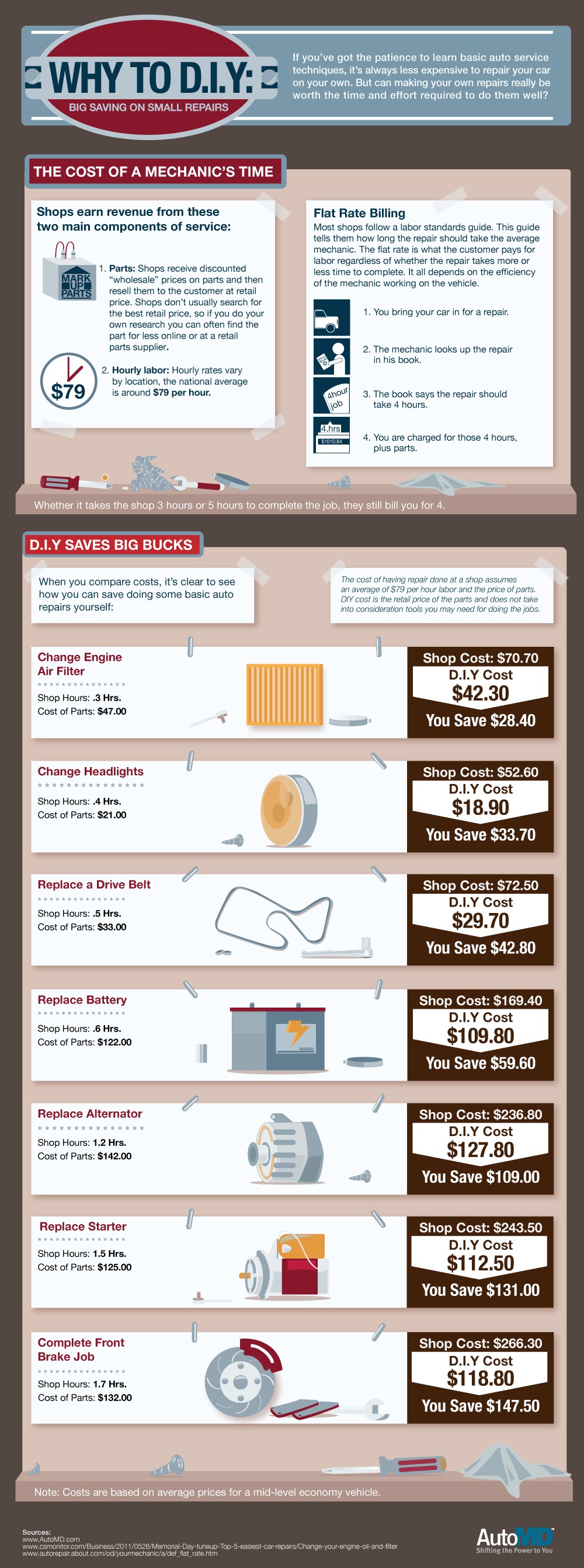Evaluating Your Auto'S Caution Indicators: What They Really Convey
Evaluating Your Auto'S Caution Indicators: What They Really Convey
Blog Article
Posted By-Lim Winters
When you're behind the wheel, those glowing caution lights on your control panel can be a bit bewildering. Do you recognize what they're attempting to inform you concerning your automobile's wellness? Recognizing the relevance of these lights is essential for your safety and the longevity of your automobile. So, the following time one of those lights turns up, would not you want to decipher its message properly and take the necessary actions to resolve it?
Common Caution Lights and Interpretations
Identify common warning lights in your car and recognize their definitions to ensure risk-free driving.
One of the most common caution lights include the check engine light, which signals issues with the engine or exhausts system. If this light comes on, it's critical to have your lorry checked quickly.
The oil pressure warning light suggests reduced oil stress, needing instant attention to stop engine damage.
A flashing battery light might suggest a defective billing system, potentially leaving you stranded if not attended to.
The tire stress surveillance system (TPMS) light informs you to reduced tire stress, influencing automobile stability and gas efficiency. Disregarding this could lead to dangerous driving conditions.
The abdominal light shows an issue with the anti-lock stopping system, endangering your ability to stop quickly in emergency situations.
look here but not least, the coolant temperature warning light warns of engine getting too hot, which can result in serious damages otherwise resolved promptly.
Recognizing https://jeffreymhcau.newsbloger.com/32694778/how-mobile-automobile-detailing-solutions-can-save-you-time-and-money will assist you attend to problems promptly and maintain risk-free driving conditions.
Significance of Prompt Attention
Understanding the typical caution lights in your vehicle is just the initial step; the relevance of immediately attending to these warnings can't be highlighted enough to guarantee your security on the road.
When a caution light illuminates on your control panel, it's your automobile's means of connecting a possible problem that requires attention. Overlooking these cautions can result in extra serious troubles in the future, jeopardizing your safety and potentially costing you more in repairs.
Trigger focus to warning lights can stop breakdowns and accidents. For instance, a blinking check engine light might show a misfire that, if left unattended, might trigger damages to the catalytic converter. Resolving this promptly can conserve you from a costly repair.
Likewise, a brake system advising light may indicate low brake fluid or worn brake pads, important elements for your security when driving.
Do It Yourself Troubleshooting Tips
If you notice a warning light on your dashboard, there are a few do it yourself troubleshooting tips you can attempt before seeking expert aid.
The primary step is to consult your auto's manual to understand what the details caution light suggests. Sometimes the concern can be as straightforward as a loose gas cap setting off the check engine light. Tightening up https://www.wilx.com/2022/04/25/mid-michigan-auto-body-shops-pushing-repairs-back-amid-parts-shortage/ might fix the trouble.
One more usual issue is a low battery, which can activate various alerting lights. Examining the battery links for rust and guaranteeing they're secure could take care of the problem.
If a warning light lingers, you can attempt resetting it by disconnecting the cars and truck's battery for a couple of mins and then reconnecting it. Furthermore, inspecting car detailing supplies nz , such as oil, coolant, and brake liquid, can assist repair cautioning lights connected to these systems.
Conclusion
Finally, understanding your automobile's caution lights is crucial for maintaining your lorry running smoothly and securely. By quickly dealing with these alerts and recognizing what they indicate, you can stay clear of pricey repairs and potential failures.
Keep in mind to consult your car's guidebook for particular information on each advising light and do something about it accordingly to ensure a trouble-free driving experience.
Keep notified, stay risk-free when driving!
